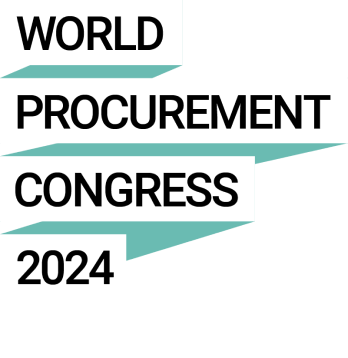On the face of it, Chinese President Xi Jinping’s recent decision to abandon much of the country’s strict ‘zero-Covid’ protocols in December 2022 has the potential to be a boon for global businesses.
After three years of severe restrictions, the opening up of the world’s second-largest market provides huge trading opportunities that could have knock-on benefits for the global economy. From 8 January, it will, at last, be possible to visit suppliers in the region without having to spend eight days in quarantine pending a negative test.
The relaxed rules have prompted major concerns, however, as an anticipated explosion in infections risks leading to further disruption – both domestically and around the world. While a lack of consistency and transparency makes it difficult to determine the extent of the current outbreak, some projections suggest as much as half the Chinese population could be infected in the coming months, despite a 90%+ vaccination rate.
Reports have already surfaced of factories struggling to operate at anything like full capacity as they deal with huge levels of employee sickness. And there are fears this could all come to a head around the Lunar New Year on 22 January, China’s most important festival, as hundreds of millions of workers travel across the country to be with their families.
Some hope that despite a huge peak in February, disruption will then begin to tail off as China’s population recovers from the virus. KPMG Australia’s chief economist Dr Brendan Rynne has predicted that while the economy will experience a “short, sharp disruption” in Q1, it will then be able to “move on”. But the unprecedented scale and peak of the rule changes mean it’s very difficult to determine the likely longer-term impact.
In particular, there are fears that the relaxation could lead to the emergence of new variants more resistant to vaccines. Many western countries have imposed restrictions on those travelling from China in the hope of mitigating the spread, but their efficacy remains to be seen.
In time there is the prospect that these changes will result in greater reshoring as companies look to diversify their supply chains away from China to other countries. Around 43% of companies were already starting to make permanent changes to their supply chain as a result of recent events, according to Procurement Leaders’ CPO Compass 2023 surWhile the changes have the potential to get China’s economy moving, signs of a surge in the number of infections have stoked fears of major disruptionvey findings. Those who have moved at least some of their production out of China include Samsung, toy maker Hasbro, power tool company Stanley Black & Decker and, reportedly, a number of car manufacturers.
Or perhaps, if the situation improves dramatically after peaking around the Lunar New Year, things could go the other way – Foxconn, a major supplier to Apple, Microsoft and Sony, has been talking up its performance after bouncing back from a disruptive outbreak towards the end of last year.
But for those doing business with Chinese suppliers, for now, the watchword is vigilance – both of disruption across several tiers in their own supply chains and of the general picture as the extent of the outbreak becomes clearer and new controls are potentially imposed.
Image credit: humphery/Shutterstock

















